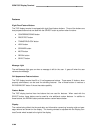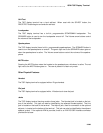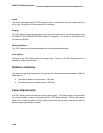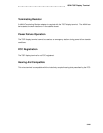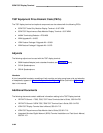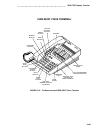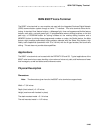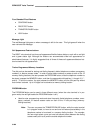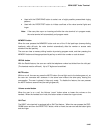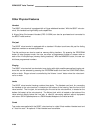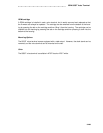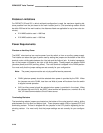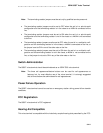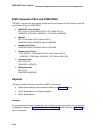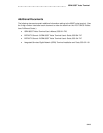
ISDN 8503T Voice Terminal
Four Standard Fixed Features
CONF/RING button
DROP/TEST button
TRANSFER/PAUSE button
HOLD button
Message Light
The red Message light goes on when a message is left for the user. This light goes off when the
user retrieves the message.
Call Appearance/Feature buttons
The 8503T voice terminal has three call appearance/flexible feature buttons, each with a red light
and a green status light. Although the buttons can accommodate
either
call appearances or
administered features, it is highly suggested that all three of these call appearance/feature but-
tons be used for call appearances.
Twelve Programmed Memory Locations
The dial pad can be used for storing and dialing frequently dialed telephone numbers, emergency
numbers, or feature access codes. In order to store these numbers or codes at each of the 12
memory-dialing locations, the user presses the PROGRAM button, dials the telephone number to
be stored, presses the MEMORY button, and then the appropriate dial pad key (1 through 9, 0, *,
and #). To dial the number, the user presses the MEMORY button and the dial pad key where
that number is stored. Up to 16 digits can be stored at a memory-dialing location.
PROGRAM button
The PROGRAM button can be used in three different ways: (when the voice terminal is in pro-
gram mode, the red light beside the PROGRAM button is on.)
Used to enter programming mode and store frequently dialed telephone numbers, emer-
gency numbers, or feature access codes on each of the 12 dial pad keys (memory-
dialing locations).
Note: The user can press the TRANSFER/PAUSE button, while the voice terminal
is in program mode, to insert a one and one half-second pause/delay in the
telephone number to be stored in a memory-dialing location. For example,
the user might place a one and one half-second pause between the dialing
access code (such as 9) and the outside telephone number.
3-406



